The Future of Solar Energy: Exploring Vertical Installation of Photovoltaic Panels
As global energy demand continues to rise, photovoltaic (PV) power generation has gained increasing attention as a key component of clean energy solutions. Among various installation methods, vertical PV installation is emerging as a highly efficient and practical approach. This article explores the advantages and applications of vertical PV installation and why it is becoming a preferred choice in the industry.
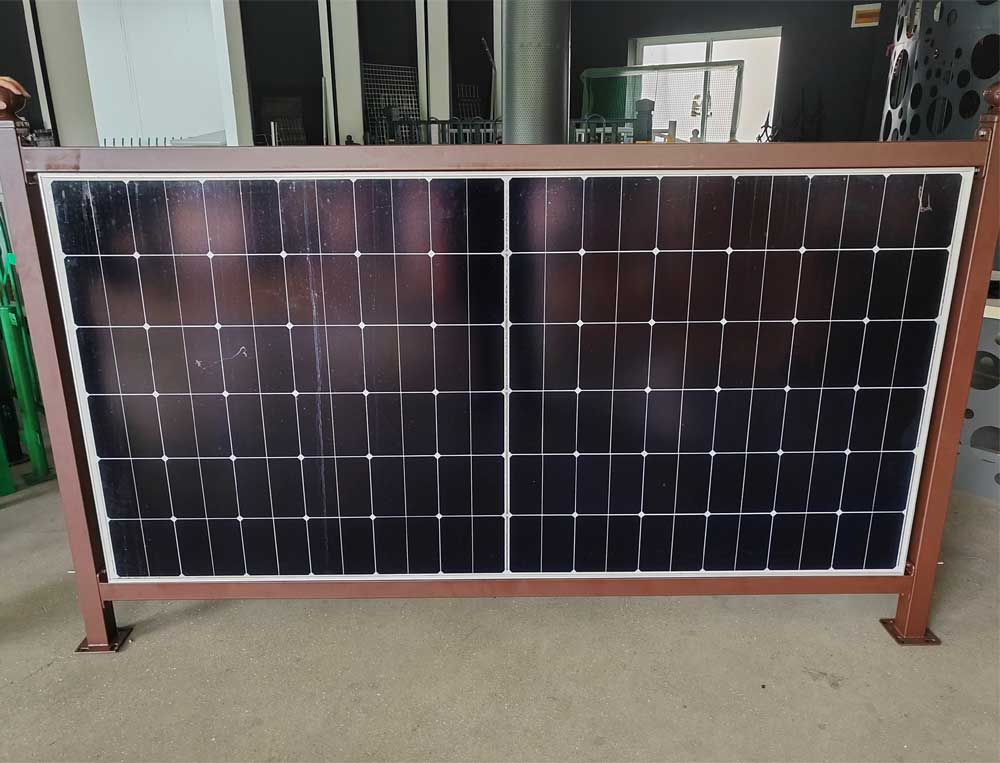
Vertical PV installation significantly enhances land utilization compared to conventional tilted systems. Since the panels occupy a minimal projection area, more space is available for other uses, such as agriculture or infrastructure. Additionally, this installation method does not require modifications to the terrain, allowing landowners to retain the original functionality of their land while benefiting from solar power generation.
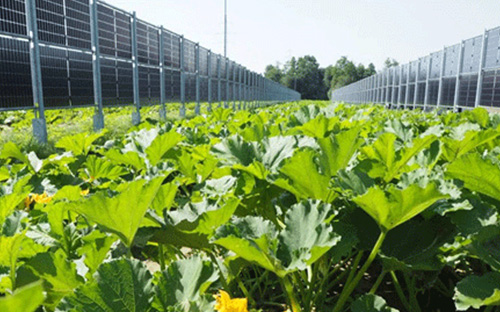
With a more upright angle, vertical PV panels are easier to clean and maintain, reducing operational costs and labor. In colder regions, snow accumulation is a common issue for traditional tilted installations, leading to power loss and potential structural damage. Vertical systems prevent snow buildup, ensuring consistent energy production. Notably, heterojunction vertical panels can capture up to 80% of reflected light from snow, maximizing power generation during winter months.
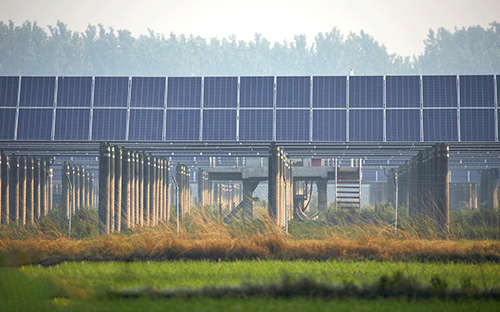
Vertical PV installations produce a more stable power generation curve throughout the day, reducing the need for energy storage solutions. By optimizing sunlight exposure, these systems generate more electricity under the same conditions compared to conventional installations, ultimately lowering the cost per kilowatt-hour.
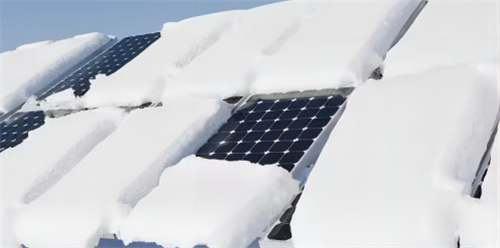
Vertical mounting allows PV panels to capture sunlight from multiple angles, increasing overall solar energy conversion rates. This results in higher returns on investment and improved energy efficiency for both commercial and residential applications.
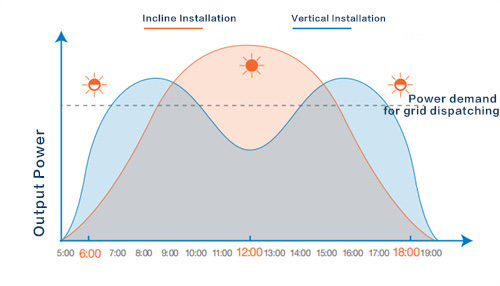
The specialized coated glass used in vertical PV panels incorporates a porous silicon dioxide microstructure, effectively absorbing and reflecting sound waves. This helps reduce environmental noise, making vertical installations ideal for integration into urban landscapes, transportation corridors, and residential areas.
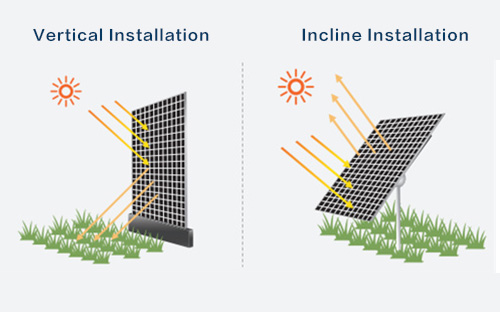
Agricultural photovoltaics utilizing vertical installations offer dual benefits: energy production and minimal land usage. Unlike conventional support structures, vertical PV systems have a smaller footprint, ensuring minimal disruption to farming activities, livestock, and machinery. Additionally, PV fences serve as both power-generating units and functional barriers, making them a versatile solution for land-constrained areas.
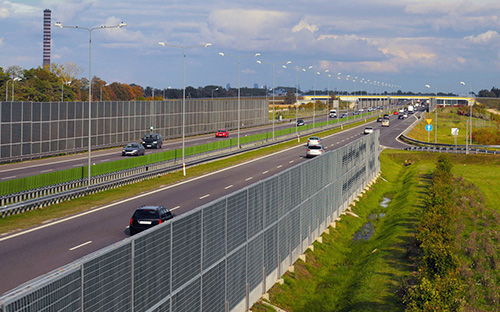
Integrating solar panels into highway guardrails transforms transportation infrastructure into a renewable energy source. These PV guardrails contribute to noise reduction while utilizing existing land resources efficiently. With extensive road networks worldwide, highway solar solutions hold immense market potential for sustainable development.
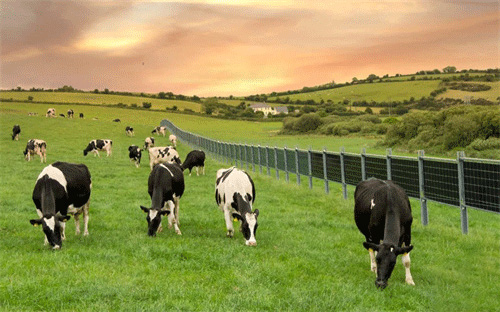
Vertical PV installations are revolutionizing urban architecture. Applications include:
Solar sound barriers along highways and railways
Photovoltaic sunrooms and balconies in residential buildings
Building facades and exteriors for commercial properties
Urban landscape elements, merging aesthetics with sustainability
By seamlessly integrating renewable energy into everyday structures, BIPV enhances the functionality and eco-friendliness of modern cities.
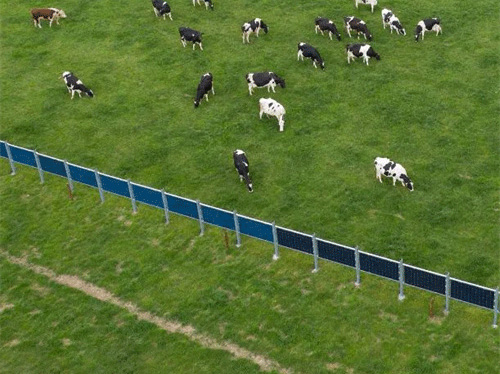
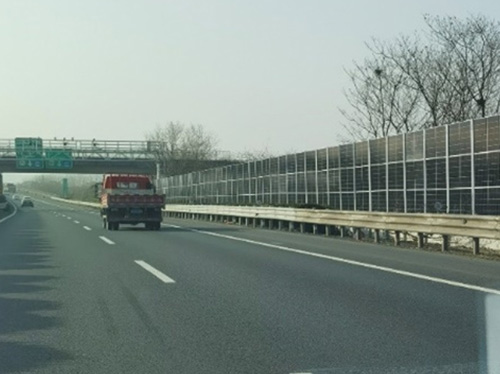
Vertical PV installation represents the future of solar energy, offering enhanced efficiency, reduced maintenance costs, and greater land utilization. Whether implemented in agricultural settings, transportation infrastructure, or urban environments, this innovative approach is driving the expansion of sustainable energy solutions worldwide.
Interested in learning more about vertical solar installations? Contact us today to explore customized solutions for your renewable energy projects!

 Xiamen TopFence Co.,Ltd.
Xiamen TopFence Co.,Ltd. No. 77, LingXia South Road, Huli District, Xiamen City, Fujian, China
No. 77, LingXia South Road, Huli District, Xiamen City, Fujian, China Tel: +8613365923720
Tel: +8613365923720
 Email: info@xmtopfence.com
Email: info@xmtopfence.com
 IPv6 network supported Sitemap
| XML
| Blog
| Privacy Policy
IPv6 network supported Sitemap
| XML
| Blog
| Privacy Policy


